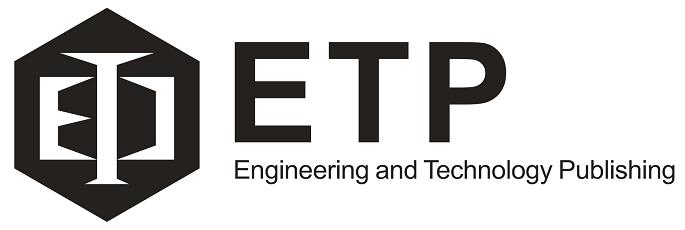IJPMBS 2025 Vol.14(1): 17-23
doi: 10.18178/ijpmbs.14.1.17-23
doi: 10.18178/ijpmbs.14.1.17-23
The Direction and Future of Alzheimer’s Treatment
Weilun Zhao
Hongwen School, Shanghai, China
Email: 2314159223@qq.com
Email: 2314159223@qq.com
Manuscript received September 13, 2024; revised October 23, 2024; accepted December 8, 2024; published February 18, 2025.
Abstract—Alzheimer’s disease is a chronic progressive neurodegenerative disease, the pathogenesis of Alzheimer’s disease is still unclear, and individual etiological hypotheses cannot fully explain the emergence of a variety of complex pathological phenomena, the mainstream etiological hypotheses are three: central cholinergic system damage theory, Tua protein hyperphosphorylation and Aβ-amyloid hypothesis. The mainstay of treatment is now pharmacological. The mainstay of treatment is now pharmacological, and non-pharmacological therapies are gradually coming into the public eye. This research discusses the lack of optimism in drug development questions the mainstream theory, and argues that more emphasis should be placed on early prevention and intervention.
Keywords—causes, Alzheimer’s disease, treatment, drugs, non-pharmaceutical
Cite: Weilun Zhao, "The Direction and Future of Alzheimer’s Treatment," International Journal of Pharma Medicine and Biological Sciences, Vol. 14, No. 1, pp. 17-23, 2025.
Copyright © 2025 by the authors. This is an open access article distributed under the Creative Commons Attribution License which permits unrestricted use, distribution, and reproduction in any medium, provided the original work is properly cited (CC BY 4.0).
Cite: Weilun Zhao, "The Direction and Future of Alzheimer’s Treatment," International Journal of Pharma Medicine and Biological Sciences, Vol. 14, No. 1, pp. 17-23, 2025.
Copyright © 2025 by the authors. This is an open access article distributed under the Creative Commons Attribution License which permits unrestricted use, distribution, and reproduction in any medium, provided the original work is properly cited (CC BY 4.0).
